
The Great Barrington Declaration At Five Years
Authored by Jeffrey A. Tucker via The Epoch Times (emphasis ours),
Commentary
It was 8:45 a.m. and the date was Aug. 23, 2020. We were five months into the pandemic panic. The isolation and strangeness had become unbearable not only to me personally but to vast numbers. The businesses and schools were closed. Anthony Fauci of NIAID and all his media cheerleaders seemed to be the only narrative around.
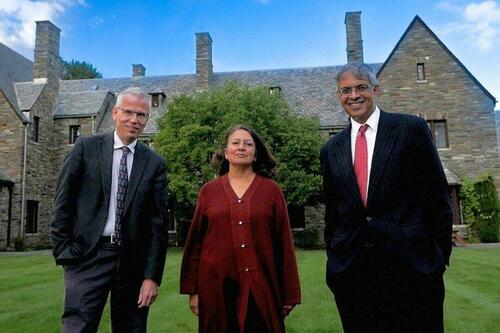 The authors of the Great Barrington Declaration at the American Institute for Economic Research, (L–R) Martin Kulldorff, Sunetra Gupta, and Jay Bhattacharya, in October 2020. Taleed Brown/CC BY 4.0
The authors of the Great Barrington Declaration at the American Institute for Economic Research, (L–R) Martin Kulldorff, Sunetra Gupta, and Jay Bhattacharya, in October 2020. Taleed Brown/CC BY 4.0Everyone was waiting for something. One day rolled into the next, marked by unbearable repetition, each turn of the clock nearly indistinguishable from the last one and the next one. Everyone seemed to be waiting for something to happen but it was not clear what that was.
I had been writing about pandemic planning for 15 years and knew that what was going on was a grave error. Indeed, from January 2020 I had warned that some people imagined that the way to battle a virus was through an elaborate duck-and-cover ritual that contradicted the whole history of public health. By mid-March, 2020, the experiment was on, and the world economy was being strangled.
The usual proponents of free enterprise and civil liberties fell silent. This was mostly for reasons of career protection. It was obvious at the time what everyone was supposed to say: listen to the science, we are all in this together, wear your mask, don’t do your own research, stop longing for your “freedumb.” Most everyone in the professional classes went along, partially because so many people enjoyed working from home and receiving vast sums from the government dropped directly in their bank accounts.
Desperate for allies in this struggle, I happened to notice a professor at Harvard was posting some sensible things. Not sure why this particular post made it through the censors but it did and I read it. I was thrilled, and decided to try my luck. That early morning, I dropped him a note on Twitter direct messaging. I invited him for dinner. He accepted.
That was the beginning of a long friendship that continues to this day. But it was also the beginning of the hardest years of our lives. Martin Kulldorff and I visited each other and I learned from him: about public health principles, natural immunity, the normal course of respiratory infection waves, how to deal with the many features of such pathogens, and so on.
It was Martin’s idea to broaden the discussion. What if we invite a group of top journalists in and offer some expert commentary? This would surely help improve their reporting. Maybe then they would stop simply echoing the crazy claims coming from the CDC and NIH. That struck me as a good idea, so I went to work on logistics. The deadline was tight: two weeks.
The problems began immediately. Not a single reporter responded to my invitation. I could not understand why. Three of the world’s top epidemiologists—Martin plus Jay Bhattacharya (now directing the NIH) and Sunetra Gupta—were coming together for their benefit. Why were they not interested in learning more about the subject they were covering for TV and newspapers?
The gathering took place anyway. I managed to get three journalists there. One was John Tamny of RealClearMarkets. Another was independent writer and researcher David Zweig. The third was a stringer for the British Medical Journal who wore a mask during the entire event and never left the room without dousing herself with hand sanitizer. I got as many warm bodies in that room as possible, if only to make the event seem less like a waste of time.
The scientists were brilliant of course. They explained epidemiological basics, such as the tradeoff pathogenic prevalence against its severity subject to latency. We learned about spread and therapeutics. They discussed the features of SARS-CoV-2, especially its huge spread in fatalities between young and old, a thousand-fold difference. It’s the older people about whom we should be worrying. We talked about the meaning of herd immunity and the means by which pathogenic endemicity would arrive in time.
The meeting came and went and we all wondered what was next. It was the scientists’ idea to write a short document centered on the principles of public health. They got busy and it was finished in one evening. The Great Barrington Declaration was born. It was signed the next day. But even then, there was the question of what came next. They had the idea of putting it online. Lou Eastman, who now works for Brownstone Institute, got busy. We snagged a domain and he built the entire site overnight.
We were open for signatories the following morning. We worked so fast that we hadn’t really prepared for the onslaught of names who signed much less the aggressive trolls who bypassed the verification system yet to be built. As soon as some fake names got through, the media lit up with attacks suggesting that the entire effort was a tissue of lies signed by fake names. We hardly slept for the weeks following as we kept up with the media onslaught, none of which we had expected.
Later it turned out that the document had gotten the attention of NIH head Francis Collins and Fauci. They had ordered a “quick and devastating takedown” of this document written by “fringe epidemiologists.” This helped make sense of the slew of articles that had appeared that told everyone not to believe anything in the declaration. It was an information war. It just so happened that we had bypassed the censors and had reached people with some sensible points in a sea of fallacy.
The very name of the document scandalized the city council of Great Barrington itself. They wrote a certified letter that called us all terrible names. We were immoral. We were anti-science. We were ruining the name of the town, exploiting its residents and attracting the wrong kind of visitors. And so on. I read it quickly and laughed, tossing it aside. Now I wished I had kept it. It would be worth something on eBay.
Only much later did I come to realize the reason this document triggered the establishment so hard. It wasn’t because it opposed lockdowns. It was because it offered the hope of getting through the conditions of pandemic through exposure and recovery, i.e. the upgrading of the immune system through natural immunity. The industry had a product to sell, one they called a vaccine, and this document was ruining their plans. After all, they had kept most of the world population locked down for fully 8 months; they wanted the shots to be the only pathway out.
Most people today will grant that the Great Barrington Declaration was completely correct. We did get through the period of pain the usual way. Everyone got the virus. Most everyone recovered. The lockdowns, the masking, the mandatory separation, the attacks on free speech and religious liberty, the crazed efforts at compliance, and the forced potion injections all did grave damage.
Meanwhile, the craziness of the times caused mass confusion over what exactly happened. The terms “case,” “infection,” and “exposure” got all mixed up so that we didn’t actually know what was what. The inaccuracies of the PCR tests created the illusion of knowledge without the reality. And the vast government subsidies for COVID deaths caused widespread misclassification. To this day, we do not actually know how many people died from COVID. Most of the charts are useless from an epidemiological point of view.
There are many lessons to draw, mostly related to how effective the statement was. Sometimes you just have to say what is true, even when it proves professionally costly. This was one of those times, and the three scientists who did this deserve eternal credit. Speaking strategically, it taught me something else: the best way to beat fake science is with real science. That’s hitting the bad guys where they are most vulnerable.
Five years later, I feel great gratitude for having been part of this effort. Those were the most painful years of our lives. We all have stories to tell. We should tell them. And remember the lessons, as we continue the research into precisely who or what was behind this calamity. The Great Barrington Declaration was, above all else, an act of profound moral courage. Even now, this is what makes a difference.
Tyler Durden
Mon, 10/06/2025 – 12:15

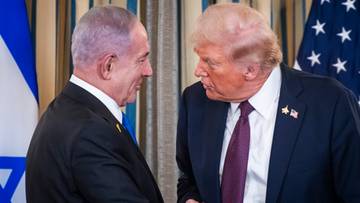

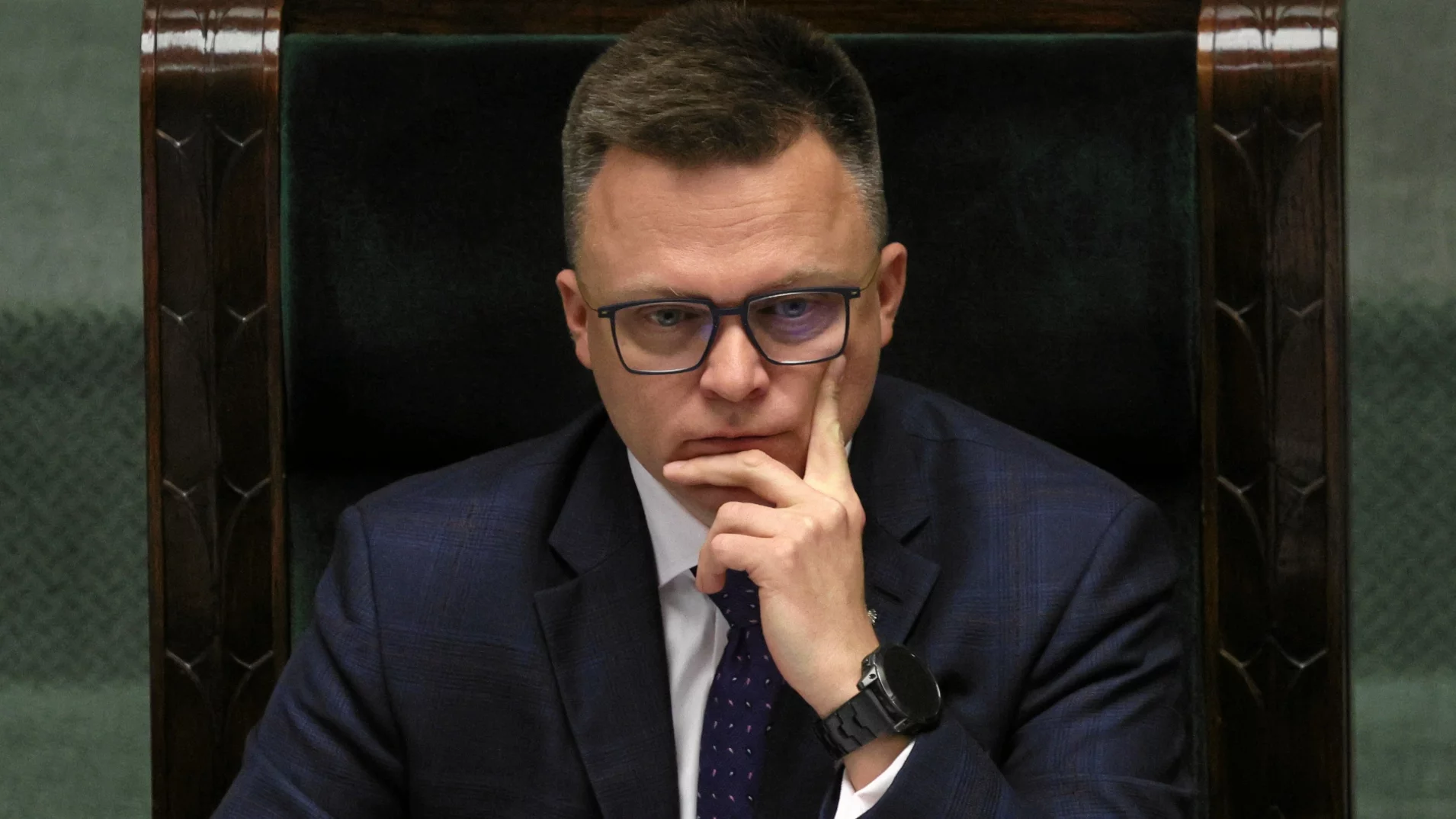




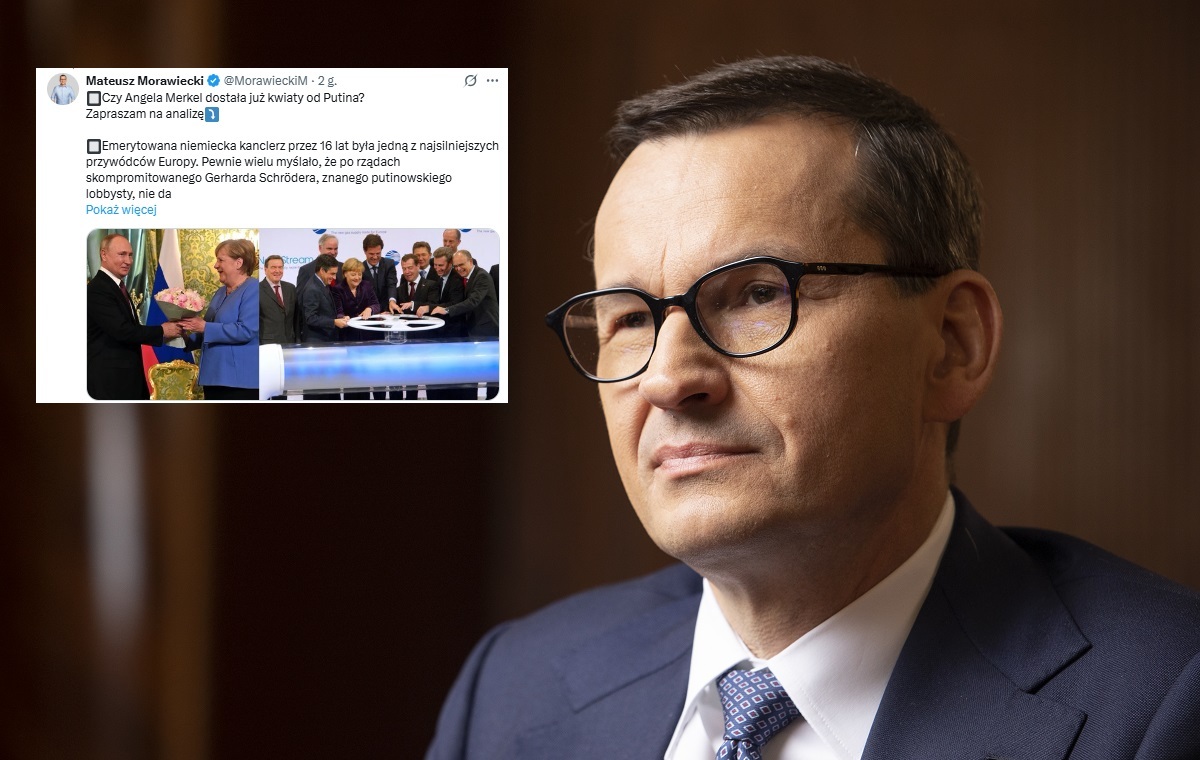


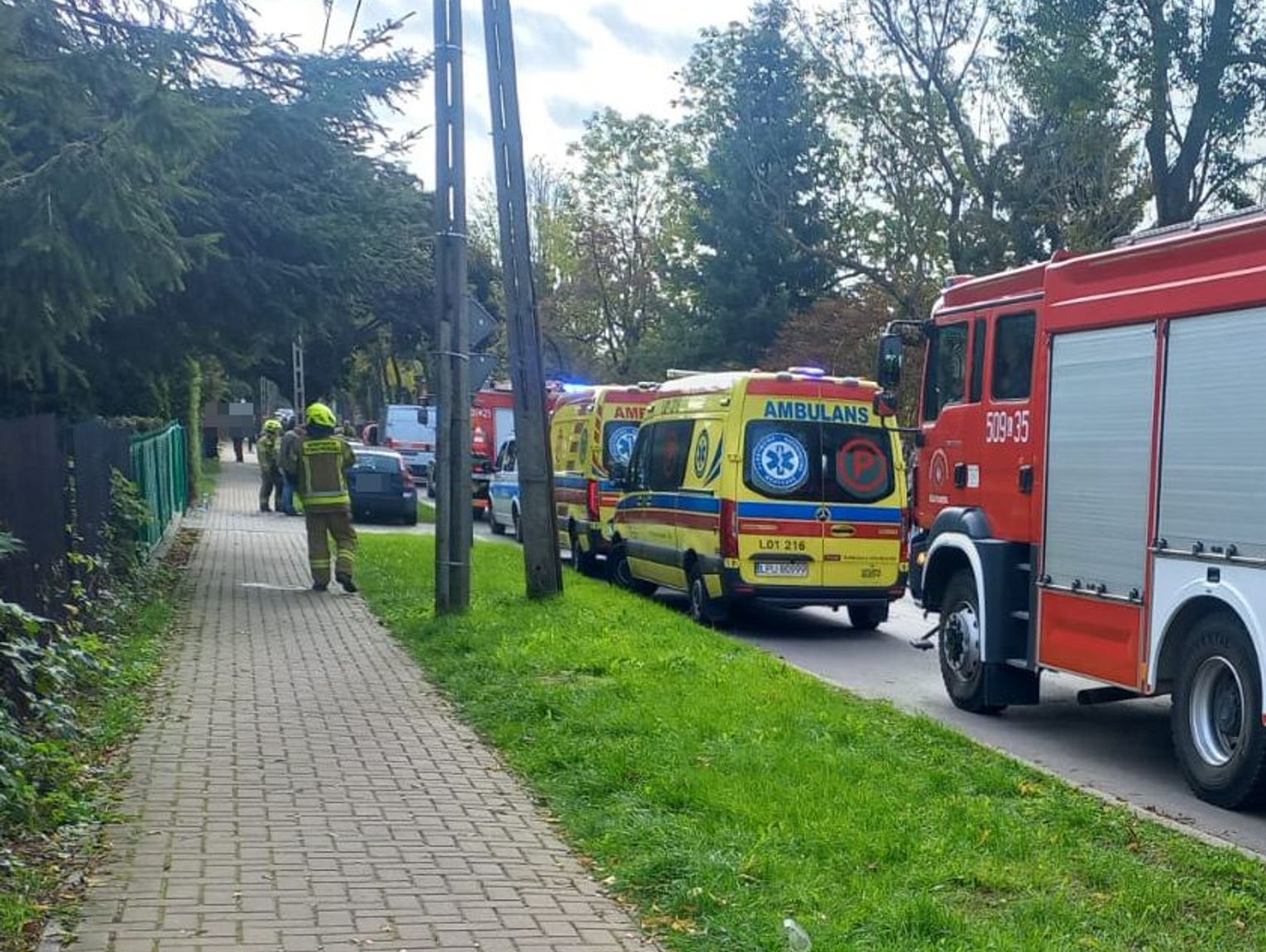
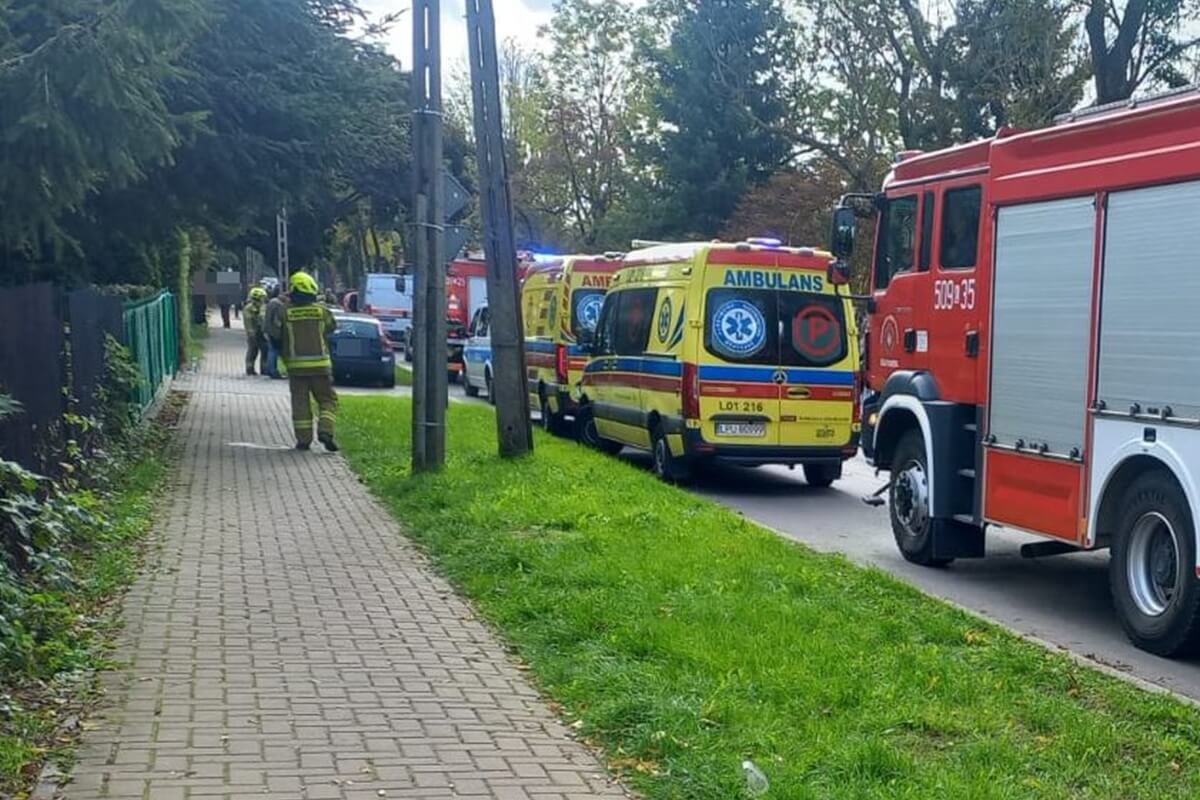



![Nikt nie jest w pełni bezpieczny. Dramatyczne wnioski z najnowszego raportu [06.10.2025]](https://static.warszawawpigulce.pl/wp-content/uploads/2025/06/UwagaPolska-1.jpg)